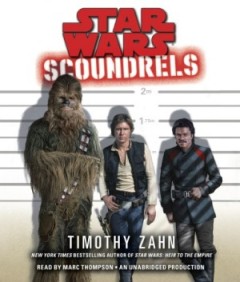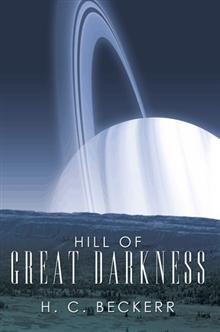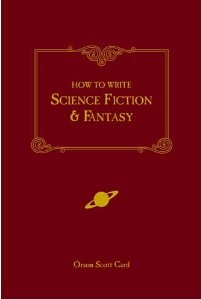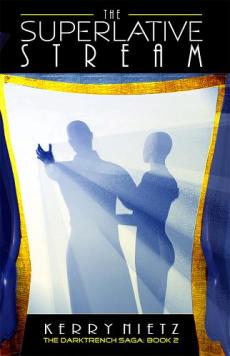 Soulminder, by Timothy Zahn (Open Road Integrated Media, 2014)
Soulminder, by Timothy Zahn (Open Road Integrated Media, 2014)
Adrian Sommer’s 5-year-old son died in his arms after a car accident. The boy’s injuries were all treatable, if there’d been a way—a sort of holding tank—to keep his soul from departing. Thus began Sommer’s obsessive quest to invent a means of stopping untimely deaths. And Soulminder was created.
What could possibly go wrong?
Timothy Zahn is a master of short fiction (won a Nebula) as well as novel-length (won a Hugo), and Soulminder feels like a seven-part series of short stories, spanning 20 years of Soulminder use.
We follow Sommer, his business partner Jessica Sands, and security expert Frank Everly through the unforeseen challenges and crises caused by those who would use Soulminder for their personal or political gain. What could go wrong, indeed? What kind of political, moral, ethical, social, legal and other upheavals could technology like this cause?
This is one of Timothy Zahn’s few novels set on nearly present-day Earth, and the action is mainly intellectual and verbal as opposed to space battles. The author is no stranger to interpersonal tactics, negotiations and manoeuvrings (check out his Conquerors’ Trilogy), and Sommer and friends pull off some slick victories to keep Soulminder out of the wrong hands.
Soulminder is a mainstream novel, with what may be the requisite minor profanity. It’s fast-paced yet with plenty to offer the thinking reader. I appreciated the challenge to do the right thing even if it’s costly—or a losing battle. My favourite line:
Late at night, with the extra blackness of a storm approaching, was a horrible time to have to watch a man die. (p. 3)
Timothy Zahn is the author of over 40 science fiction novels plus shorter works. For more about the author, see his Facebook page or his page at Open Road.
[Review copy from my personal library.]









